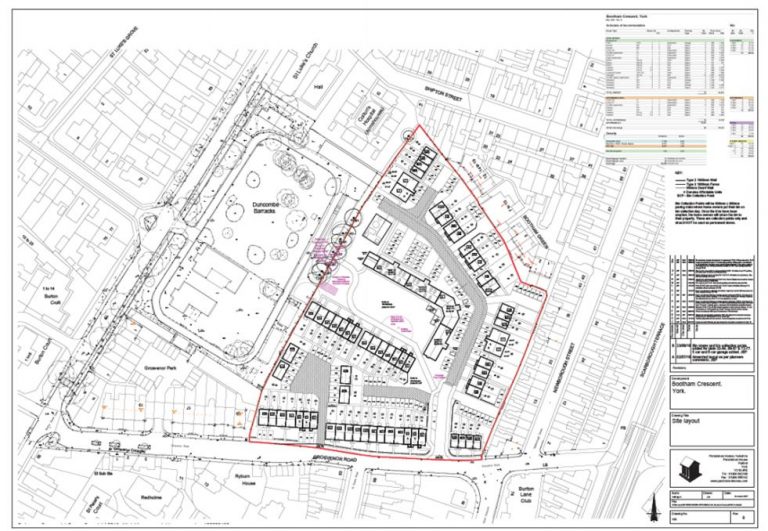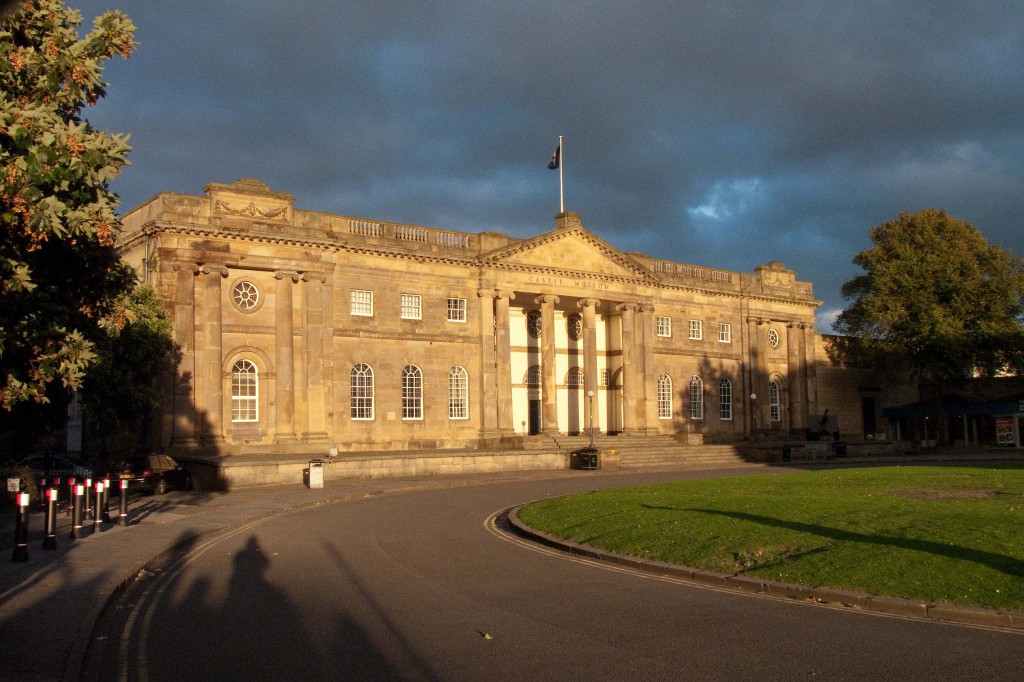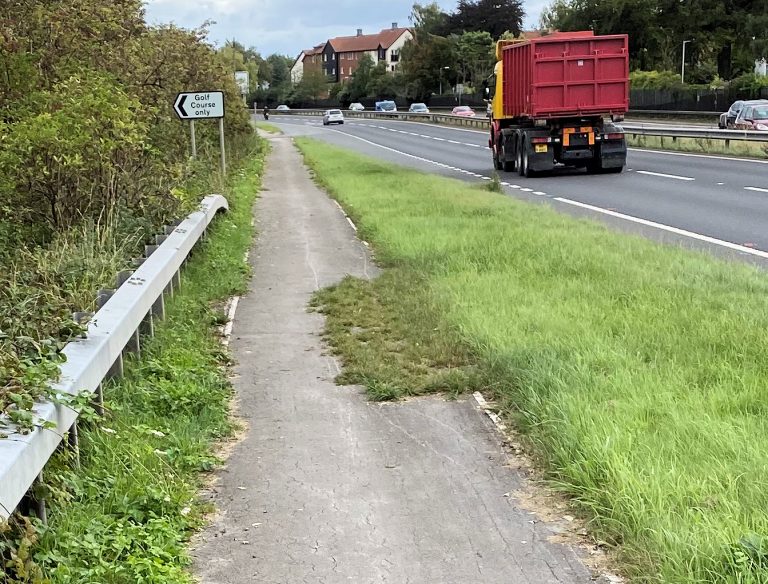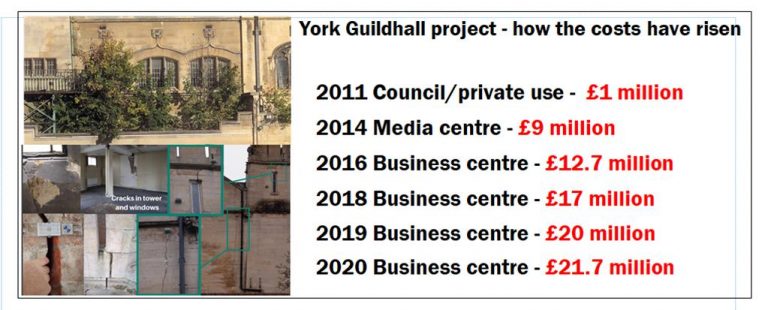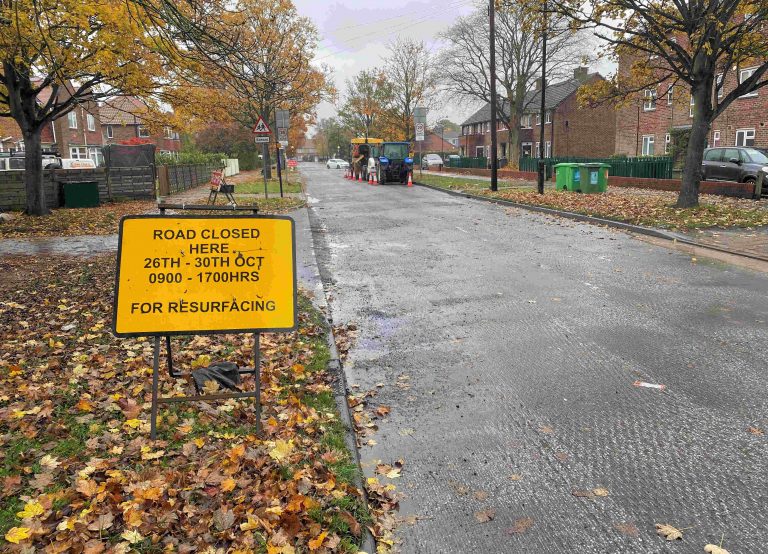Deaths and positive test results
ONE additional death has been announced by the York Hospital Trust today. It occurred on 30th December.
The “positivity rate” (the proportion of P1 & P2 tests producing a positive result) has risen to 9.2%. That is now higher than the regional average
ONE HUNDRED AND SIXTY THREE (163) additional positive test results announced today. Brings cumulative total number of infections to 7404.
The infection rate is now 297.1 and is set to rise to at least 406.4 over the next few days.
With the increase showing no signs of slowing, it seems inevitable that the 2020 peak of 444.9 (16/10/20) infections /100k population will be exceeded before the end of next week.
The growth in case numbers is mainly in the under 60 age group.


There is a new, third wave, record high infection rate in the Woodthorpe/Acomb Park neighbourhood where the rate /100k population figure is now 749.3.
In total there were 627 cases in the City on 27th December. The post Christmas spike has yet to show in the neighbourhood figures.



Latest York Council commentary
People with Covid Symptoms
• NHS Pathways/111 triages – as at 28.12.20 there had been 191 total covid triages in the CYC area in the last 7 days. The peak number of triages was 653 in the 7 day period to 20.9.20.
• As at 30.12.20, the Covid Symptom App estimates 553.2 per 100,000 in York with symptomatic covid (responses from a sample of 4,572 people). The peak rate was 1,116.3 on 31.10.20.
Diagnosed cases (Pillar 1&2 combined)
• As at 30.12.20 York has had 7,039 cases since the start of the pandemic, a rate of 3,342.1 per 100,000 of population. The cumulative rate in York is below the national average (3,713.9).
• The PHE ‘Exceedance’ rating compares the no. of new cases over a 14 day period with the previous 6 weeks and provides a RAG rating to indicate if the previously observed trend in the no. of new cases is worsening.
The latest rating for York (27.12.20) is Red.
• The provisional rate of new Covid cases per 100,000 of population for the period 22.12.20 to 28.12.20 in York is 312.4 (using data published on Gov.uk on 30.12.20).
• The latest official “validated” rate of new Covid cases per 100,000 of population for the period 19.12.20 to 25.12.20 was 235. The national and regional averages at this date were 374 and 175.6 respectively (using data published on Gov.uk on 30.12.20).
• The rate of new Covid cases per 100,000 of population for the period 19.12.20 to 25.12.20 for people aged 60+ in York was 123.1. The national and regional averages were 232 and 131.8 respectively.
• As at 28.12.20, the latest 14 day positivity rate in York (Pillar 1 and 2 PCR tests) was 9.2%. The national and regional averages were 11.6% and 8.2% respectively. The breakdown for York over the last 14 day is a 5.5% positivity rate for Pillar 1 tests and a 10.3% positivity rate for Pillar 2 PCR tests.
Contact Tracing
• Since 28.5.20 a total of 5,901 laboratory confirmed CYC Covid cases have been uploaded into the NHS Test and Trace system and 5,181 of the cases have been completed (87.8%). 15,936 ‘contacts’ have been identified and 10,397 of these have been completed (65.2%). Source: PHE Report.
• Local Tracing of Cases: Between 22.10.20 and 25.12.20, 396 ‘actionable’ positive COVID-19 CYC cases have been referred to the local contact tracing service. 390 of the referrals (98.5%) have been actioned and 6 are still ‘in progress. Of the referrals actioned, 280 were successful and 104 were unable to be reached via phone or home visit, but guidance leaflets were posted where possible.
Cases in Residential Settings / Schools
• As at 29.12.20 there were 5 care homes in the CYC area with confirmed Covid-19 infection (at least 1 case of either a staff member or resident).
• The latest ‘outbreak’ (2+ cases) in a residential care setting in York was reported by PHE on 24.12.20 (2 homes).
• In the 7 days up to 20.12.20 there were 23 children of primary and secondary school age who tested positive (across 16 different schools).
COVID Bed Occupancy in York Hospital
• As at 22.12.20 there were 39 confirmed Covid-19 patients in General and Acute beds. The previous figure on 21.12.20 was 44.
• As at 22.12.20 there were 5 confirmed Covid-19 patients and 1 suspected Covid-19 patients in the Intensive Treatment Unit. The previous figures on 21.12.20 were 5 and 0 respectively.
• As at 22.12.20 there had been 0 patients admitted with suspected Covid-19 and 0 with confirmed Covid-19 in the previous 24 hours.
Recovery from Covid-19
• Between 13.4.20 and 20.12.20, 276 CYC residents had recovered and been successfully discharged from York hospital after needing NHS care for symptoms linked to covid-19 infection. 12 people were discharged in the most recent week.
R Number
• The ‘R’ value (the number of people that one infected person will pass on a virus to, on average) for the North East and Yorkshire area on 23.12.20 was estimated to be in the range 0.9 to 1.1. The previous estimate was (0.9 to 1.1) on 18.12.20.
Deaths
The two sources about deaths from Covid-19 at LA level are ONS data and local registrar data. They are derived from the same source (civil registration data). ONS data is more comprehensive as it includes deaths of York residents which have occurred and been registered outside York. Local registrar data is useful as it provides a breakdown by age and gender. The most recently available data is summarised below:
• ONS weekly data: For deaths occurring up to 18th December 2020 and registered up to 26th December 2020, 211 Covid-19 deaths were recorded as having occurred for CYC residents (102 in hospital, 91 in care homes, 12 at home and 6 in a hospice). The number of deaths per 100,000 of population in York is 100.18 which is lower than the national average of 125.89. There have been 39 Covid-19 deaths of CYC residents reported by ONS in the last 11 weeks (Weeks 41 to 51).
• ‘Excess’ deaths – all causes (ONS). Between week 2 and week 51 there were a total of 145 ‘excess deaths’ in York compared with the average weekly numbers for 2014-2018. The breakdown over the year so far is: 18 fewer deaths in weeks 2-14, 210 more deaths in weeks 15-21 (when covid deaths were at their peak) and 47 fewer deaths in weeks 22-51.
• Local Registrar data: In the weekly data received on 28.12.20 (for deaths occurring up to 23.12.20), a cumulative total of 207 deaths of CYC residents where COVID-19 was mentioned (confirmed or suspected) on the death certificate, have been registered. The average age of the people who died was 82.2, with an age range of 53-104. The age profile of those dying in York is older than the national average. 102 of the 207 were male (49.3%), less than the national average (55.3%). 83 people (40.1%) died in nursing /care homes (the national average is 25.68%). In addition 18 people (8.7%) who normally resided in nursing/care homes in the CYC area, died in hospital.











